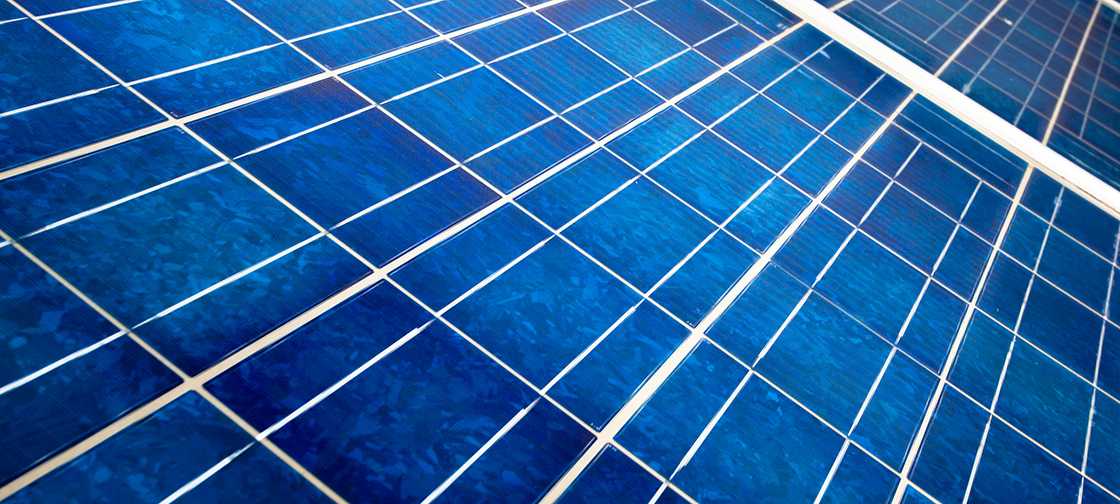As a result of their two-year joint project, the materials researchers of Tallinn University of Technology have improved the efficiency of next generation solar cells by partial substitution of copper with silver in absorber material.
Economic development and the general growth in energy consumption have led to an increased demand for environmentally friendly energy production at lower cost. Most viable solutions can be found in the renewable energy sector. New technologies for energy production should provide clean, low cost, environmentally friendly solutions with versatile applications, making solar energy the best solution today. TalTech’s material researchers are working on the development of the next-generation photovoltaics – monograin layer solar cells.
Senior Researcher at TalTech Laboratory of Photovoltaic Materials Marit Kauk-Kuusik says, “The production of traditional silicon solar cells that started back in the 1950s is still very resource and energy consuming. Our research is focused on the development of the next generation of solar cells, i.e. thin-film solar cells based on compound semiconductors.”
A thin-film solar cell consists of several thin layers of semiconductor materials. For efficient thin film solar cells, semiconductor with very good light-absorbing properties must be used as absorber. Silicon absorber is not suitable candidate for thin film solar cells due to non-optimal light absorption leading to rather thick absorber layer. TalTech researchers are developing compound semiconductor materials named kesterites (Cu2ZnSn(Se,S)4), which in addition to excellent light absorption contain earth abundant and low cost chemical elements (e.g. copper, zinc , tin, sulphur and selenium). To produce kesterites, TalTech researchers use a monograin powder technology, which is unique in the world.
Source: “The materials researchers improved the efficiency of next-generation photovoltaics by the Ag alloying”, Kersti Vahi, Tallin University of Technology




